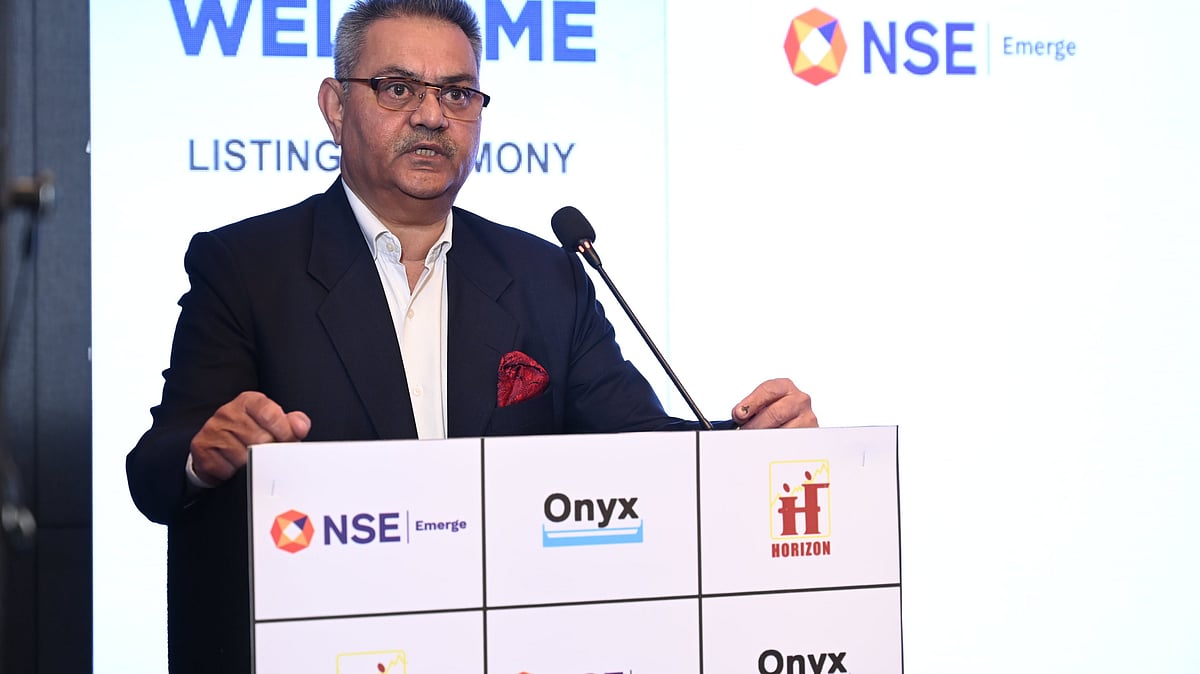Ujjain (Madhya Pradesh): The story of formation of Madhya Pradesh in the year 1956 and establishing Bhopal as its State Capital is quite interesting. To acknowledge November 1 as its first Foundation Day, the swearing-in ceremony of first Cabinet of the state Assembly was held at midnight of October 31, 1956. More interestingly, despite recommendation of the State Reorganisation Commission to establish Jabalpur as the State Capital, Bhopal was chosen for it owing to political pressure.
As Madhya Pradesh enters into its 66th year of emergence on November 1 (2021), there are only a few persons who were witness to such historic moments.
Free Press approached one such eye witness Prem Narayan Nagar. He hails from Shivpuri but the 96-year-old Nagar presently lives in Ujjain. He is a close associate of Mahatma Gandhi, Sardar Vallabh Bhai Patel and Dr Rajendra Prasad.

PREM NARAYAN NAGAR, FREEDOM FIGHTER |
According to him, the first General Elections to the Lok Sabha and Vidhan Sabhas were held in 1951-52 and the among the elected MLAs were the legislators of the MLA of newly-carved Madhya Pradesh.
He recalls that on the eve of Foundation Day of Madhya Pradesh, the then Chief Justice Mohammad Hidayatullah administered oath of office to the first Governor of the State Pattabhi Sitaramayya. It was followed by swearing-in ceremony of first Chief Minister of Madhya Pradesh Pt Ravi Shankar Shukla, who later constituted his ministry.
All the Chief Ministers of the erstwhile princely provinces, which were merged in Madhya Pradesh, were also made ministers. Shambhu Nath Shukla from Vindhya Pradesh, Takhatmal Jain from Indore and Shankar Dayal Sharma from Bhopal were the prominent figures among the Cabinet minister. Sawai Singh Sisodia, who represented Ujjain, was made a deputy-minister. All these historic incidents were held just before the midnight of October 31, 1956 at Bhopal’s Minto Hall, Nagar added.
The veteran freedom fighter said that a tug-of-war like situation prevailed for many days as Congress leader Takhatmal Jain wanted Indore to be the State Capital while leaders from Gwalior were lobbying for their ‘punya bhoomi.’ On the other hand, Jabalpur’s Seth Govinddas was vying to make Jabalpur as the State Capital of Madhya Pradesh and co-incidentally the State Reorganisation Commission had also recommended making Jabalpur as the State Capital.
“However, Shankar Dayal Sharma succeeded in his efforts to make Bhopal as State Capital as Maulana Abul Kalam Azad strongly supported him,” Nagar disclosed.
“Bhopal’s Old Secretariat used to be the main centre of government activities as Vallabh Bhavan was constructed later,” he added.
FACTS
* In 1956, as per the recommendations of the States Reorganisation Act, the states of Madhya Bharat, Vindhya Pradesh and Bhopal were merged into Madhya Pradesh and the Marathi-speaking southern region Vidarbha, which included Nagpur, was ceded to Bombay State.
* British princely states of Gwalior, Indore and Bhopal became part of modern Madhya Pradesh.
* The state of Madhya Pradesh was formed in 1956, and Chhattisgarh was carved out from the state in 2000.
* Madhya Pradesh is the second largest Indian state in terms of area and the fifth largest in terms of population with over 72 million residents.
* At the time of formation, Madhya Pradesh had 43 districts whereas presently it has 52 districts.











